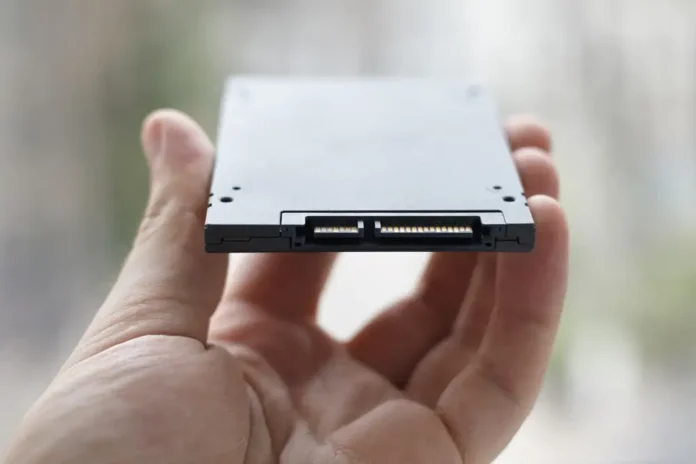
Table of Contents
Solid-state disks (SSD) are faster, more stable, and consume less energy than traditional hard disks (HDDs). But solid-state drives are not flawless and can fail before their expected lifespan of seven to 10 years.
It is best to be as prepared as possible for possible failure. If you know how to recognize SSD failure and how to protect yourself, that is definitely a good thing. In the following, we will say a little more about what are the indicators that the SSD on your computer is about to fail.
How Do SSDs Fail?
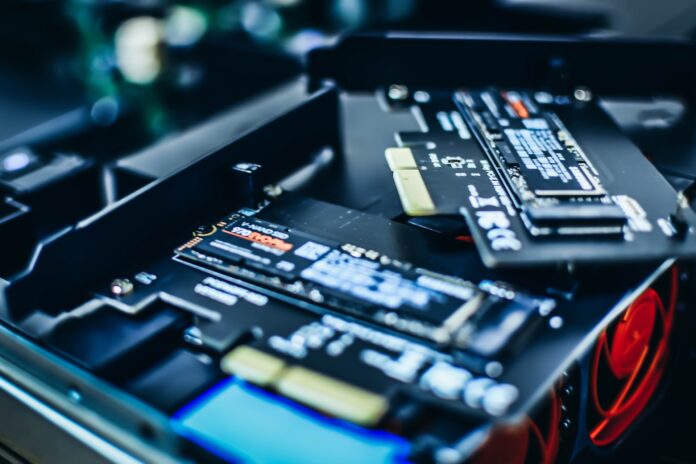
Unlike hard drives, there are no physical moving parts on SSDs, which means they do not have the same kinds of problems that hard drives do. However, while the storage component itself is not susceptible to mechanical failure, other components are.
SSDs require a capacitor and power supplies, which are susceptible to failure, especially in the event of an electrical shock or power outage. In fact, it is known that in the event of a power failure, SSD drives can damage existing data, even if the drive itself has not completely failed. It is a misconception that computer viruses can harm a hard drive. Some really harmful viruses, such as boot-sector infections, can be so challenging to get rid of for a non-expert that he would think the hard drive is hopeless. So, don’t worry if you have visited some sites with sensitive content, such as (legal) porn sites or licensed Internet sportsbooks from the collection at Bookmaker-Expert.com.
Another possible problem with SSDs is that they have limited read/write cycles, a problem that exists with all types of flash memory. The question that arises in this situation is how long do SSDs last.
Typically, SSDs should last many years on average, probably much longer than you will need, so you should not worry or be paranoid. In fact, if you have bought an SSD in the last few years, research has shown that new SSDs are less susceptible to these read/write issues than old ones.
Either way, the read/write cycle will affect whether you can still use the SSD. Since you will still be able to read your data, you will be able to restore it. However, you will still want to know when it is nearing the end of its lifespan so you can upgrade.
How to Check SSD ‘Health’?
There are different ways you can check if your computer’s hard drive is failing. For example, a constant buzzing or ticking of the HDD also indicates that it is malfunctioning. However, unlike HDDs, SSDs will not make any noise to tell you something is wrong. So how do you know if your SSD is nearing its end?
The easiest and most reliable way to determine if your drive is running smoothly is to install software that checks it and silently checks the SSD for possible failures. Windows users might want to try CrystalDiskInfo; macOS users can check out SMARTReporter Lite, while Hard Disk Sentinel is good for Linux.
In addition, here are some signs of SSD failure, symptoms of a failed drive, and what you can do about it.
Errors Involving Bad Blocks
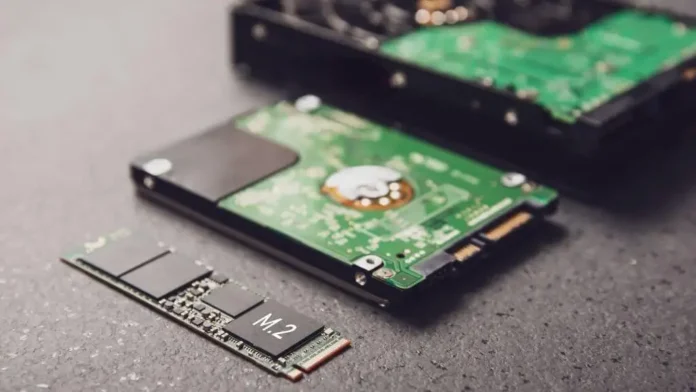
Similar to bad sectors on HDDs, there are bad blocks on SSDs. This is usually a scenario where the computer is trying to read or save a file, but the process takes an unusually long time, and worst of all, the computer fails. So the system eventually gives up with an error message.
Common symptoms of bad blocks are:
- The file cannot be read or written to the SSD.
- Your computer/file system needs to be repaired.
- Active applications often freeze and crash.
- Common errors when moving files.
- In general, the computer runs slowly, especially when accessing large files.
If you see any of these symptoms, the best idea is to run a drive monitoring software and check for physical problems with the SSD. If there are, back up your files right away and it would not hurt to start looking for a replacement SSD.
You can back up your Windows PC to the cloud or use one of the best Windows backup programs to store the backup on your external drive.
Files Cannot Be Read And/or Written
There are two ways a bad block can affect your files:
- The system detects a bad block while writing data to the drive and therefore rejects the data writing.
- The system detects a bad block after the data has been written and therefore refuses to read that data.
Your data was never written in the first scenario, so it is not corrupted. Usually, the system will solve it automatically. If it doesn’t, you can probably fix it by trying to save the file to a different location or by copying it to the cloud, restarting your computer, and saving it to disk.
Unfortunately, in the second scenario, you cannot retrieve your data easily. You can try some methods to recover data from a broken SSD, but don’t get your hopes up. Bad blocks usually mean that all data contained in those blocks is lost forever.
A System File Needs Repair
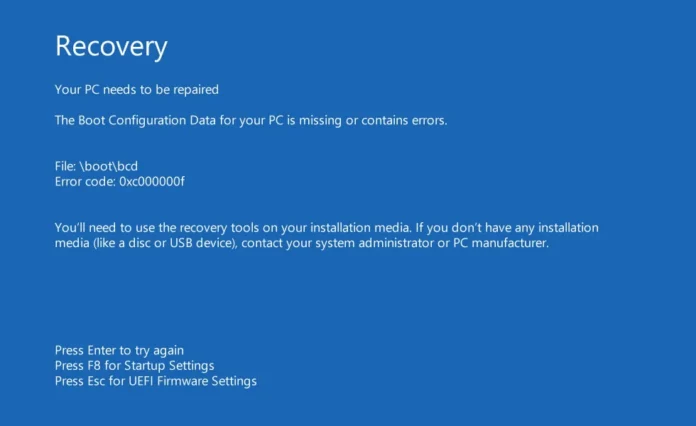
Have you ever seen a message saying “Recovery, your PC needs to be repaired” while using a Windows computer? Sometimes this can happen simply because you did not shut down your computer properly. However, sometimes this can be a sign that your SSD is creating bad blocks or there is a problem with the slot.
The solution to this problem is quite easy. Windows, macOS, and Linux come with built-in tools to repair a damaged file system. Every operating system will ask you to run the appropriate tool after such an error, so follow the steps and fix the file system.
System Crashes Continuously When Trying to Boot
If your computer crashes during the boot process but runs fine after pressing the reset button a few times, the SSD is probably to blame. Problems like these can be caused by bad blocks and can mean that your SSD is slowly dying.
That being said, it is best to back up your data before you lose it. To check if it is the drive, download and run one of the diagnostic tools listed above. If you have backed up your data, you can also try to format the drive and reinstall the operating system.
You Can Only Read Data from Your SSD
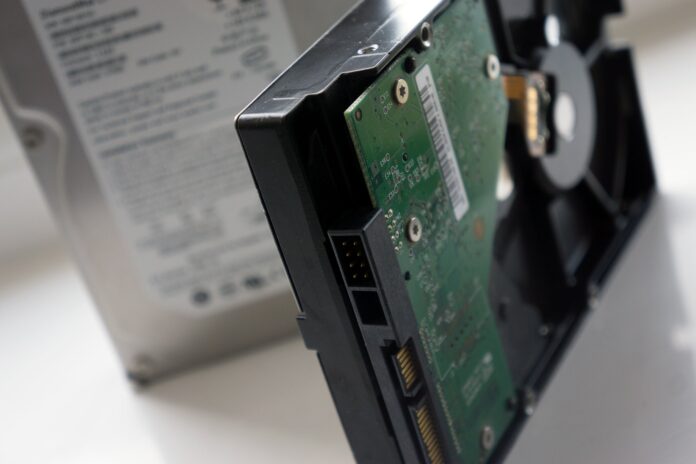
Although this is not so common, this kind of situation can happen. Your SSD may refuse to allow you to perform any operations that require data to be written to the disk. However, it can still operate in read-only mode. The drive seems to have failed as far as writing goes, but you can still read, which means saving your data from the disk.
Before throwing away an SSD that you think is faulty, try connecting it as an external hard drive or secondary hard drive to another computer. Be careful not to boot the operating system from the SSD; for that, you need to use the computer’s main drive.
How to Extend the Life of SSD?
If your SSD is on the verge of failure, or if you have owned it for more than five years, the safest thing to do would be to start slowly looking for a replacement.
In the meantime, there are a few things you can do to extend its life until you get a replacement:
- Avoid extremely high temperatures. Ensure good cooling of your computer.
- Avoid power interruptions and any electrical fluctuations.
- Free up extra space on your SSD so it can move data from bad blocks.
















